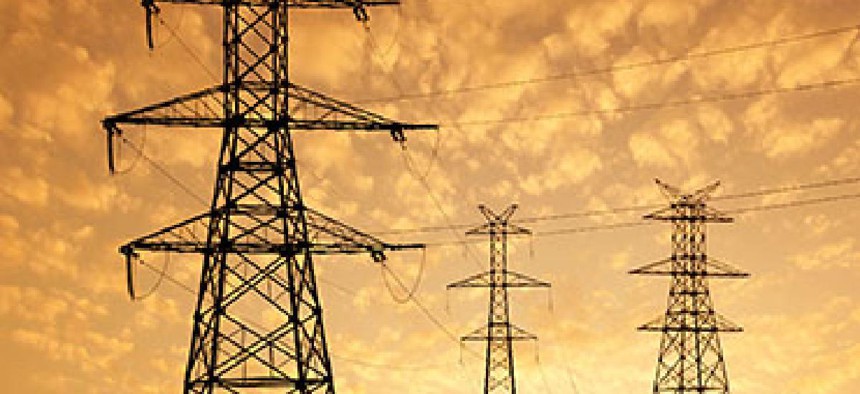DHS widens warning about Ukrainian electric grid attack

DHS is warning the entire gamut of U.S. critical infrastructure providers about the devious electronic tactics used in an infamous cyberattack on Ukrainian power companies late last year.

Even though there is no evidence of similar activity in the U.S., DHS officials are warning critical infrastructure providers the cyberattack that crippled Ukraine's electrical grid last December is difficult to detect, with elements that make recovery particularly challenging.
The Ukraine attack, which hit regional electric power distribution companies and left over a quarter million people without electricity for days, was the first known instance of a cyberattack taking out a power grid.
In a March 7 blog post, DHS Assistant Secretary Andy Ozment and Deputy Assistant Secretary Greg Touhill said their agency is stepping up its briefings with U.S. critical infrastructure providers in the wake of the attacks, which cybersecurity experts have tied to the Russia-linked BlackEnergy hacking group, long identified as an advanced persistent cybersecurity threat.
"DHS is planning an expanded outreach campaign to all critical infrastructure sector asset owners and operators to discuss the Ukraine incident and provide detection and mitigation strategies to prevent cyber-attacks using these malicious techniques and tactics," they wrote.
Ozment and Touhill said DHS cyber defense teams have already briefed U.S. electric sector companies on the details of the attack, but have also scheduled briefings across the entire spectrum of U.S. critical infrastructure providers -- including chemical, nuclear, transportation, natural gas, and water sectors -- through Sector Coordinating Councils and Information Sharing and Analysis Centers.
"Critical infrastructure owners and operators need to be aware of malicious cyber activity and take measures to protect their assets," the DHS officials wrote, adding that more detail on the tactics used in the Ukrainian attacks is available through DHS' public Industrial Control Systems Cyber Emergency Response Team alert site, as well as through its classified CERT portal.
It's not clear what prompted the wider warning, but the report notes that three other organizations in the Ukraine, including some in other critical infrastructure sectors, were also breached. Those organizations, not named in the report, didn't experience any impact to their operations.
In 2014, CERT had warned of Black Energy's use of Microsoft Office documents in a targeted campaign to infiltrate computer facilities at a U.S. academic institution, Western European governments, and energy and telecommunications companies.
Tom Fanning, CEO of the U.S. utility Southern Company, said at a March 9 cybersecurity conference, "We were informed of the threats of Black Energy…early in 2014."
"We got word this Black Energy thing was out there, and we started to take steps to protect ourselves against that," he said.
According to a February report from Kapersky Labs, the coordinated attack in the Ukraine on three facilities was initiated after the attackers did "extensive reconnaissance of the victim networks." The companies that own the facilities believe the attackers obtained legitimate credentials prior to the assault, possibly through phishing emails, to gain their remote access capabilities.
Attacks at each facility, said the report, were closely coordinated, occurring within 30 minutes of each other. Multiple attackers then turned off breakers using remote administration tools at the system operating level, or with remote industrial control system client software using virtual private network connections.
At the end of the attack, the report said, the attackers used KillDisk malware to wipe some systems clean, erase selected files on targeted systems and corrupt system master files. They also corrupted firmware in Serial-to-Ethernet devices at power substations.
To complicate later recovery and restoration efforts, the ICS-CERT report said, the group set up automatic disconnects to servers' Uninterruptable Power Supplies using a remote interface. A report in January from the SANS Institute said the attackers also launched a denial-of-service attack on the electric companies' system repair dispatchers' consoles and blocked customer calls reporting the power outages.
FCW editorial fellow Chase Gunter contributed reporting to this article.





